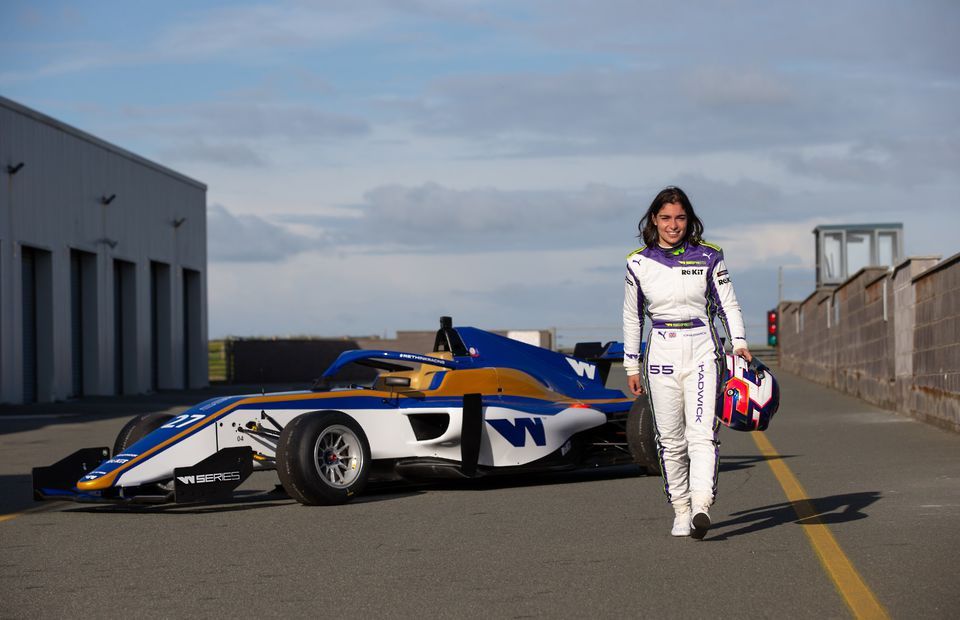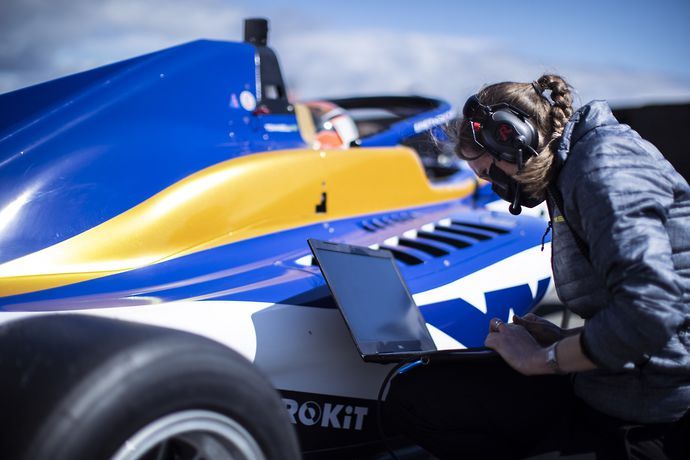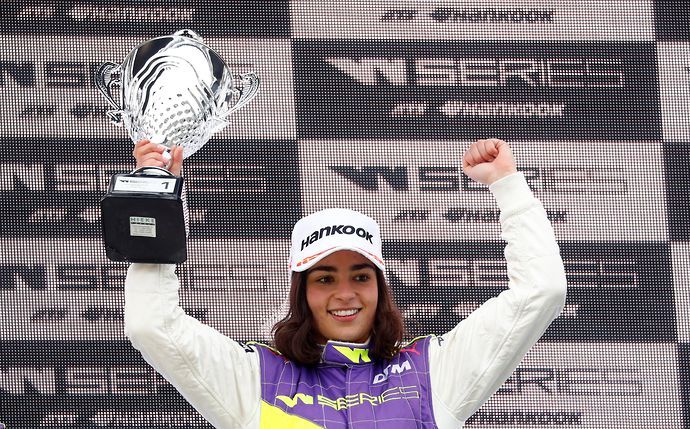Women's motorsport has finally hit the huge upwards trajectory it deserves after overcoming the adversity faced in its early stages.
In 1958, Maria Teresa de Filippis made history by becoming the first female driver to feature in Formula 1. In a heavily male-dominated sport, this was a huge milestone in the timeline of getting women to benefit from the coverage and opportunities we see today.
Single-seater racing now boasts its very own exclusively female tournament, which is rapidly growing in popularity. The W Series launched its inaugural season in 2019 and smashed viewership expectations after more than 400,000 UK viewers tuned into the debut race in Hockenheim. The series landed a broadcast deal with Channel 4, providing free access to all six races of the first instalment.
However, racing hasn't always been as widely received as it is today. After de Filippis made her first appearance on the Formula 1 grid, her major achievement would be soured by a much shorter stint than she perhaps expected at such a prime point in her career. In 2006, the Italian icon revealed that during the 1958 French Grand Prix, the race director prevented her from taking part and said: "The only helmet a woman should wear is the one at the hairdresser's".
Only one woman in history has ever won a Formula 1 race of any kind and that was Desiré Wilson back in 1980 at Brands Hatch. Since these women filtered away from the competition, no female drivers have appeared in the top tier of the sport. But, all that could change with the groundbreaking W Series emerging onto the scene.
Racers like 2019 champion Jamie Chadwick are constantly pushing to break through the glass ceiling. The rising British star will be looking to retain her W Series title this season and has also recently joined Formula E's Extreme E tournament, alongside racing greats including Jenson Button and Carlos Sainz Sr.
Chadwick recently spoke to GiveMeSport Women about the idea of women rejoining Formula 1 at the top of the tree.
"I'm a big believer that it needs to be on merit. I think we can't have a female racing driver there as a token gesture. I really strongly believe that it has to happen because whoever has made it has done a good enough job to get there. I'm going to work as hard as I can to make it me [who is called up to F1]."
Indeed, there's a lot to be proven within the women's sport and a lot of lost time to make up for, given the fact it's been more than 40 years since a woman last took position on the Formula 1 grid. However, F1 CEO Stefano Domenicali recently admitted that he has high hopes for the re-emergence of female drivers on the best tracks in the world.
Formula 1 has partnered with the W Series to help bridge the gap between males and females in motorsport. But the all-female series is generating its own fanbase organically – ensuring the legacy of racing pioneers like de Filippis lives on through the progression of the sport.





















